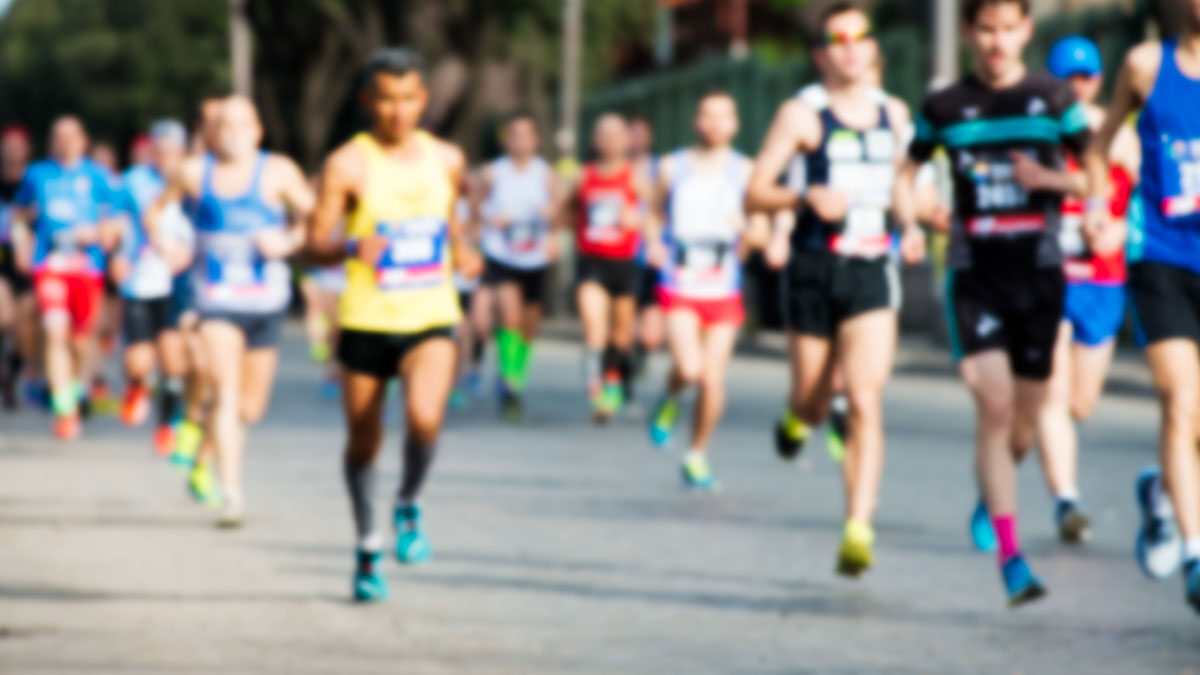We know from the work of Drs. Dean Ornish and Caldwell B. Esselstyn Jr. that switching to a plant-based diet can reverse heart disease, opening up arteries in some cases without drugs or surgery. We can’t wait until our first heart attack to start eating healthy, though, because our first symptom of heart disease may be our last (See China Study on Sudden Cardiac Death). Fifty percent of men and 64% of women who die suddenly from coronary heart disease have no previous symptoms.
To predict the risk of dying from a heart attack, we can measure risk factors such as cholesterol levels and blood pressure. But wouldn’t it be nice to actually see what’s going on inside our arteries before it’s too late? Our imaging technologies are so good now that we can, but the required dose of radiation delivered to one’s chest is so high that a young woman getting just a single scan may increase her lifetime risk of breast cancer and lung cancer by between around 1% and 4%. More on the radiation risks associated with diagnostic procedures in Cancer Risk From CT Scan Radiation and Do Dental X-Rays Cause Brain Tumors?
Our carotid arteries, though, which connect our heart to our brain, come close enough to the surface in our necks that we can visualize the arterial wall using harmless sound waves (ultrasound). Carotid artery wall thickness is what was measured in the study I profiled in Eggs vs. Cigarettes in Atherosclerosis. How do the arteries of those eating plant-based diets compare to those eating the standard American diet? Researchers gathered up some vegans to find out.
In the video, Arteries of Vegans vs. Runners, you can see the thickness of the inner wall of the carotid arteries where the atherosclerotic plaque (considered a predictor of all-cause and cardiovascular mortality) builds up in the standard American diet group. This same inner layer was significantly slimmer in vegans, but so were the vegans themselves. Those eating the standard American diet were, on average, overweight with a BMI over 26 while the vegans were a trim 21—about 36 pounds lighter on average.
So maybe the only reason those eating meat, eggs, and dairy had thickened arterial walls was because they were overweight—maybe the diet per se had nothing to do with it. To solve the riddle one would have to find a group of people still eating the standard American diet, but as slim as vegans. To find a group that trim, researchers had to use long-distance endurance athletes, who ate the standard American diet, but ran an average of 48 miles per week for 21 years. Both the vegans and the conventional diet group were sedentary—less than an hour of exercise a week.
As you can see in the video, the average thickness of endurance runners’ carotid arteries is between that of sedentary vegans and omnivores. It appears that if we run an average of about a thousand miles every year we can rival some couch potato vegans. But that doesn’t mean we can’t do both.
Another comparison between athletes and plant-eaters can be found in Is It the Diet, the Exercise, or Both? It compares cancer-fighting abilities with a similar result.
None of this is to disparage exercise, which is critical for a variety of important reasons, including immunity (Preserving Immune Function in Athletes With Nutritional Yeast). So diet and exercise, not or exercise. My physical activity comes from walking while I work: Standing Up for Your Health.
Not all studies showed vegans have superior arterial form and function. Find out why in my video Vitamin B12 Necessary for Arterial Health.
-Michael Greger, M.D.
PS: If you haven’t yet, you can subscribe to my videos for free by clicking here and watch my full 2012 – 2015 presentations Uprooting the Leading Causes of Death, More than an Apple a Day, From Table to Able, and Food as Medicine.
